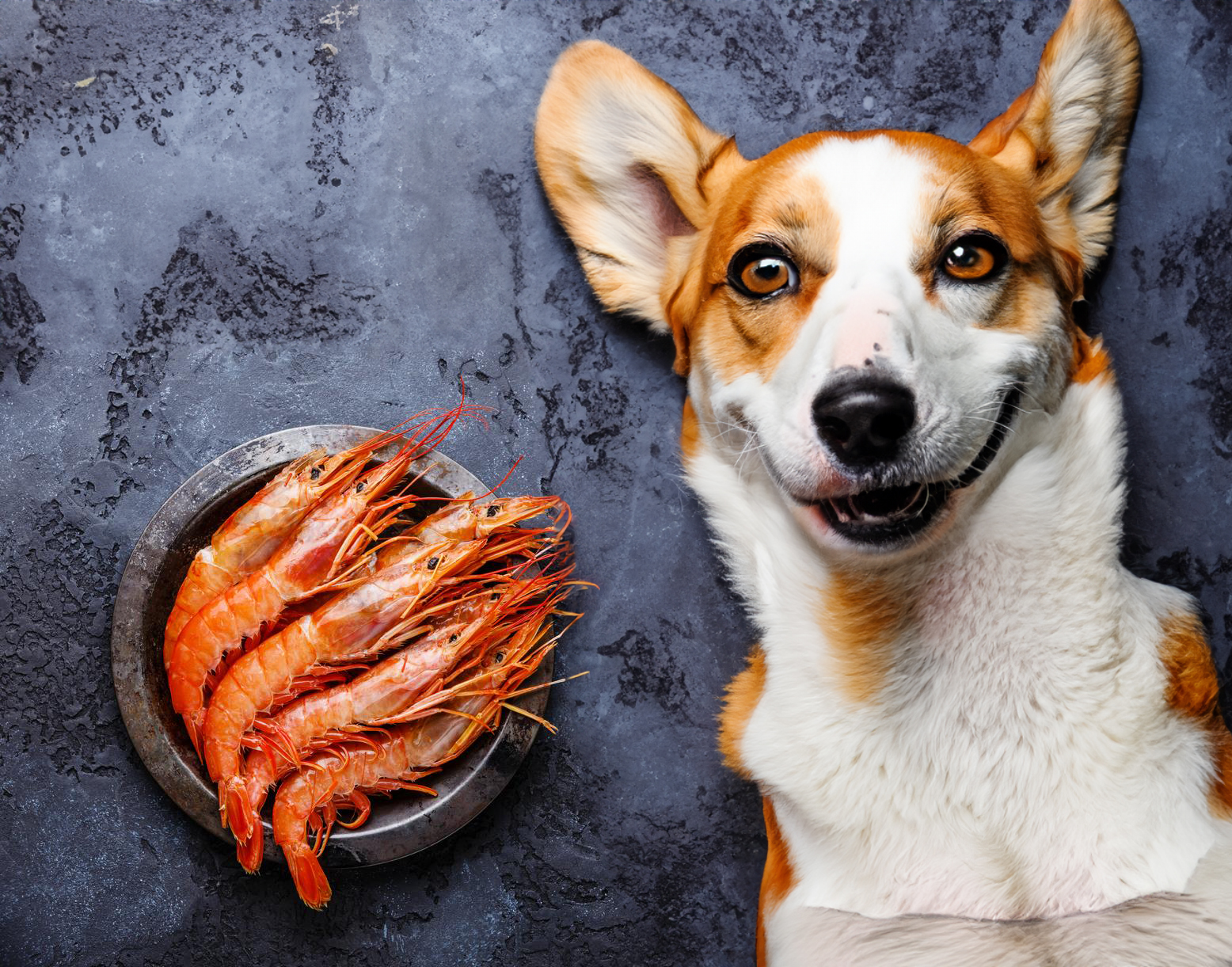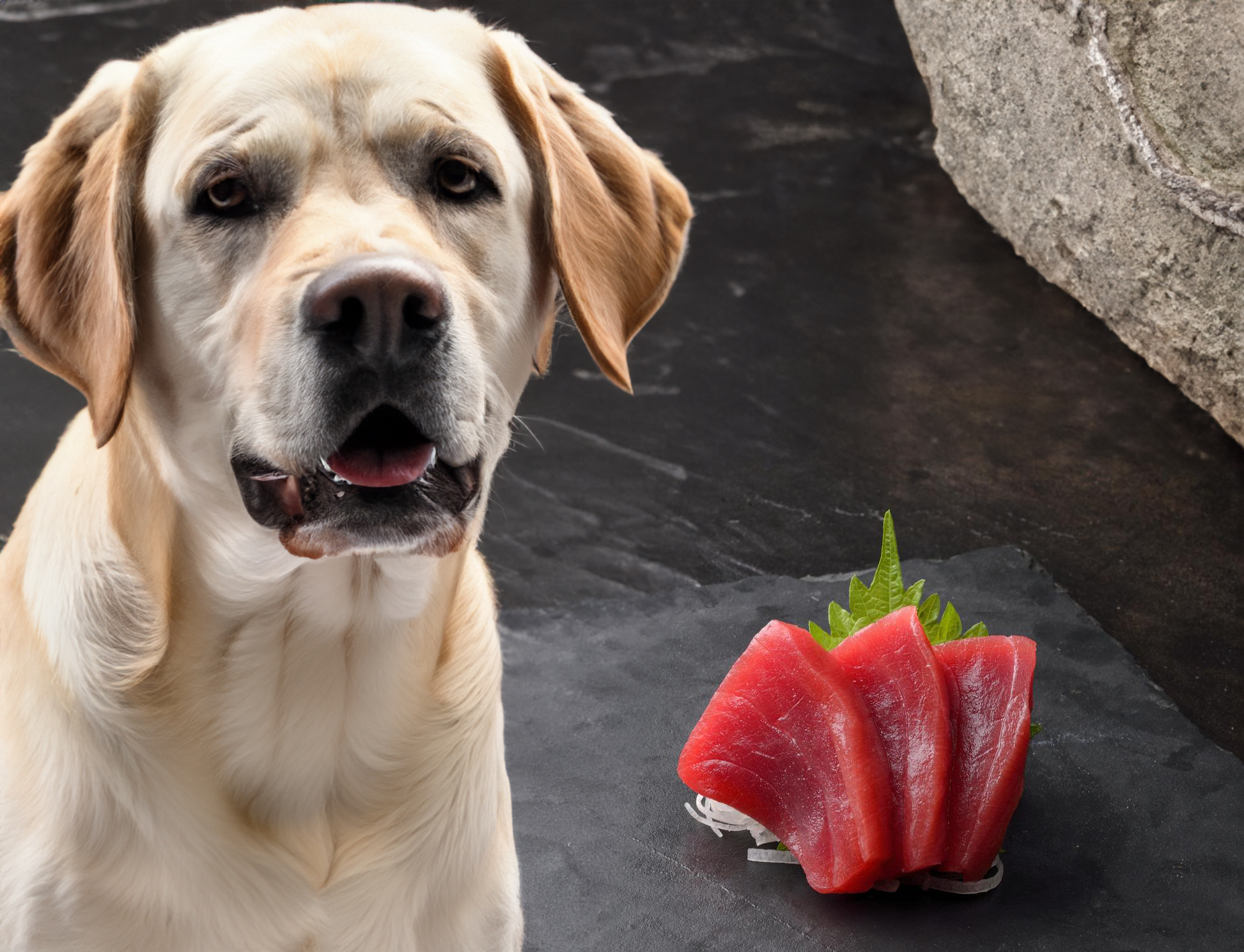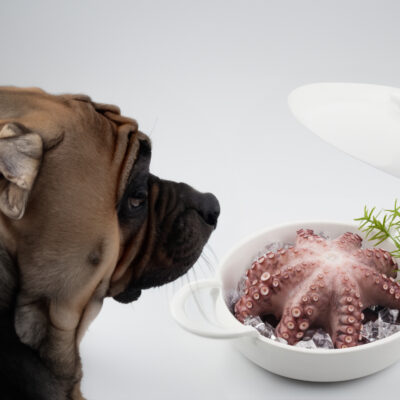Can dogs eat prawns? This is an important question for anyone who is considering giving their pet a treat. Prawns can be a tasty and healthy snack, but it’s important to make sure that they are safe for your pup before giving them a try. In this blog post, we’ll take a look at the pros and cons of feeding your furry friend prawns, so you can make an informed decision about what is best for your pup.
What Are Prawns and What Are Their Nutritional Value for Dogs?
Prawns are a type of seafood that belong to the crustacean family. They are similar to shrimp but have a slightly different taste and texture. Prawns are known for their high protein content, which is beneficial for dogs as it helps support muscle development and repair.
In addition to being a good source of protein, prawns also contain essential vitamins and minerals. They are rich in omega-3 fatty acids, which are important for maintaining a healthy coat and skin in dogs. Omega-3 fatty acids also have anti-inflammatory properties, which can help reduce joint inflammation and promote overall joint health.
Prawns are low in fat and calories, making them a healthy treat option for dogs who are watching their weight. They are also a good source of antioxidants, such as selenium and zinc, which can help boost the immune system and protect against cell damage.
However, it’s important to note that prawns should always be cooked before being given to dogs. Raw prawns can contain harmful bacteria or parasites that can cause digestive upset or even serious illness in dogs. It’s also important to remove the shells and tails before feeding prawns to dogs, as these can pose a choking hazard or cause intestinal blockages.
Overall, prawns can be a nutritious and tasty treat for dogs when given in moderation and prepared correctly. As always, it’s best to consult with your veterinarian before introducing any new food into your dog’s diet to ensure it is safe for their specific needs.
Can Dogs Eat Prawns Safely?
When it comes to feeding your furry friend prawns, it’s essential to ensure their safety. While prawns can be a healthy and tasty treat for dogs, there are a few considerations to keep in mind to ensure their safety.
Firstly, it’s crucial to always cook prawns before giving them to your dog. Raw prawns can harbor harmful bacteria or parasites that can cause digestive upset or even serious illness in dogs. Cooking the prawns thoroughly will help eliminate any potential risks.
Additionally, it’s important to remove the shells and tails before feeding prawns to dogs. These parts can pose a choking hazard or even cause intestinal blockages. Taking the time to peel and remove these parts will help prevent any accidents or health issues.
Furthermore, it’s important to feed prawns to dogs in moderation. While prawns are a nutritious treat, too much of a good thing can lead to an upset stomach or even weight gain. Treats should only make up a small portion of a dog’s overall diet, and it’s crucial to ensure a balanced and varied diet for their overall health.
To sum up, dogs can safely eat prawns as long as they are cooked, the shells and tails are removed, and they are fed in moderation. By following these guidelines, you can safely incorporate prawns into your dog’s diet and offer them a tasty and nutritious treat.
Potential Health Benefits of Feeding Prawns to Dogs
Feeding prawns to your dog can provide several potential health benefits. First and foremost, prawns are an excellent source of high-quality protein. Protein is essential for dogs as it helps support muscle development, repair tissues, and provide energy. By incorporating prawns into your dog’s diet, you can ensure they are getting the necessary protein to maintain a healthy and active lifestyle.
Another health benefit of feeding prawns to dogs is their omega-3 fatty acid content. Omega-3 fatty acids are crucial for maintaining a healthy coat and skin in dogs. They can help alleviate dryness, itchiness, and inflammation, promoting a lustrous and healthy-looking coat. Additionally, omega-3 fatty acids have anti-inflammatory properties, which can help reduce joint inflammation and alleviate symptoms of arthritis in older dogs.
Furthermore, prawns contain essential vitamins and minerals that are beneficial for your dog’s overall health. They are a good source of antioxidants such as selenium and zinc, which help boost the immune system and protect against cell damage. These antioxidants can support your dog’s overall well-being and help prevent various health issues.
It’s important to note that while prawns can provide potential health benefits for dogs, they should be given in moderation as part of a balanced diet. Consult with your veterinarian to determine the appropriate portion size for your dog based on their size, age, and specific nutritional needs.
Possible Risks of Feeding Prawns to Dogs
While prawns can be a nutritious and tasty treat for dogs, there are some potential risks that pet owners should be aware of. One of the main risks is the possibility of food allergies or sensitivities in dogs. Some dogs may have allergies or sensitivities to seafood, including prawns. Symptoms of a food allergy or sensitivity can include vomiting, diarrhea, itching, and skin rashes. If you notice any of these symptoms after feeding your dog prawns, it’s important to discontinue the treat and consult with your veterinarian.
Another risk to consider is the potential for choking or gastrointestinal obstruction. The shells and tails of prawns can pose a choking hazard or even cause intestinal blockages if swallowed by dogs. It’s crucial to remove these parts before feeding prawns to your dog to prevent any accidents or health issues.
Additionally, it’s important to keep in mind that prawns should always be cooked before being given to dogs. Raw prawns can contain harmful bacteria or parasites that can cause digestive upset or serious illness in dogs. Cooking the prawns thoroughly will help eliminate any potential risks.
Overall, while prawns can be a safe and nutritious treat for dogs when prepared and fed properly, it’s important to be aware of these potential risks and to monitor your dog’s reaction when introducing prawns into their diet. If you have any concerns or questions, it’s always best to consult with your veterinarian for personalized advice.
How to Feed Your Dog Prawns Safely and in Moderation
When it comes to feeding your dog prawns, it’s important to follow a few guidelines to ensure their safety and to keep their intake in moderation.
Firstly, always make sure to cook the prawns thoroughly before giving them to your dog. This is important to eliminate any potential bacteria or parasites that may be present in raw seafood. Cooked prawns are safer for your dog to consume and reduce the risk of digestive upset or illness.
Next, be sure to remove the shells and tails of the prawns before feeding them to your dog. These parts can pose a choking hazard or even cause intestinal blockages if swallowed. Taking the time to peel and remove these parts will help prevent any accidents or health issues.
Additionally, it’s important to feed prawns to your dog in moderation. While they can be a healthy and tasty treat, too much of a good thing can lead to an upset stomach or weight gain. Prawns should only make up a small portion of your dog’s overall diet, and it’s important to ensure they have a balanced and varied diet for their overall health.
Lastly, always monitor your dog’s reaction when introducing prawns into their diet. If you notice any adverse symptoms such as vomiting, diarrhea, itching, or skin rashes, discontinue feeding them prawns and consult with your veterinarian. Each dog is unique and may have different sensitivities or allergies, so it’s important to be attentive to their individual needs.
By following these guidelines, you can safely feed prawns to your dog and offer them a delicious and nutritious treat. Remember to consult with your veterinarian for personalized advice and to ensure that prawns are appropriate for your dog’s specific needs.










